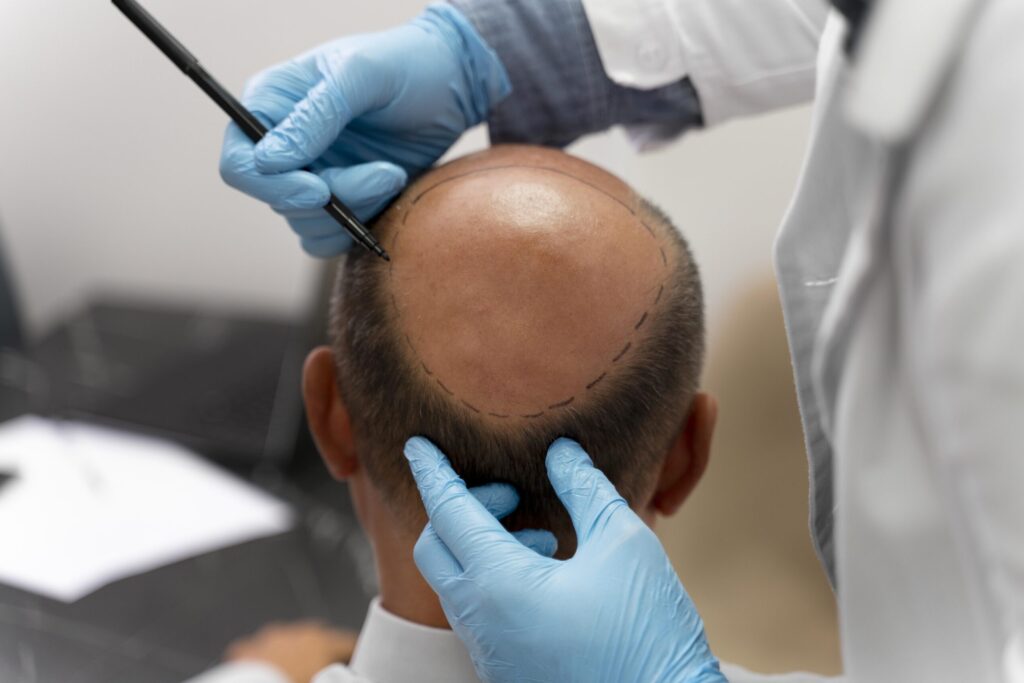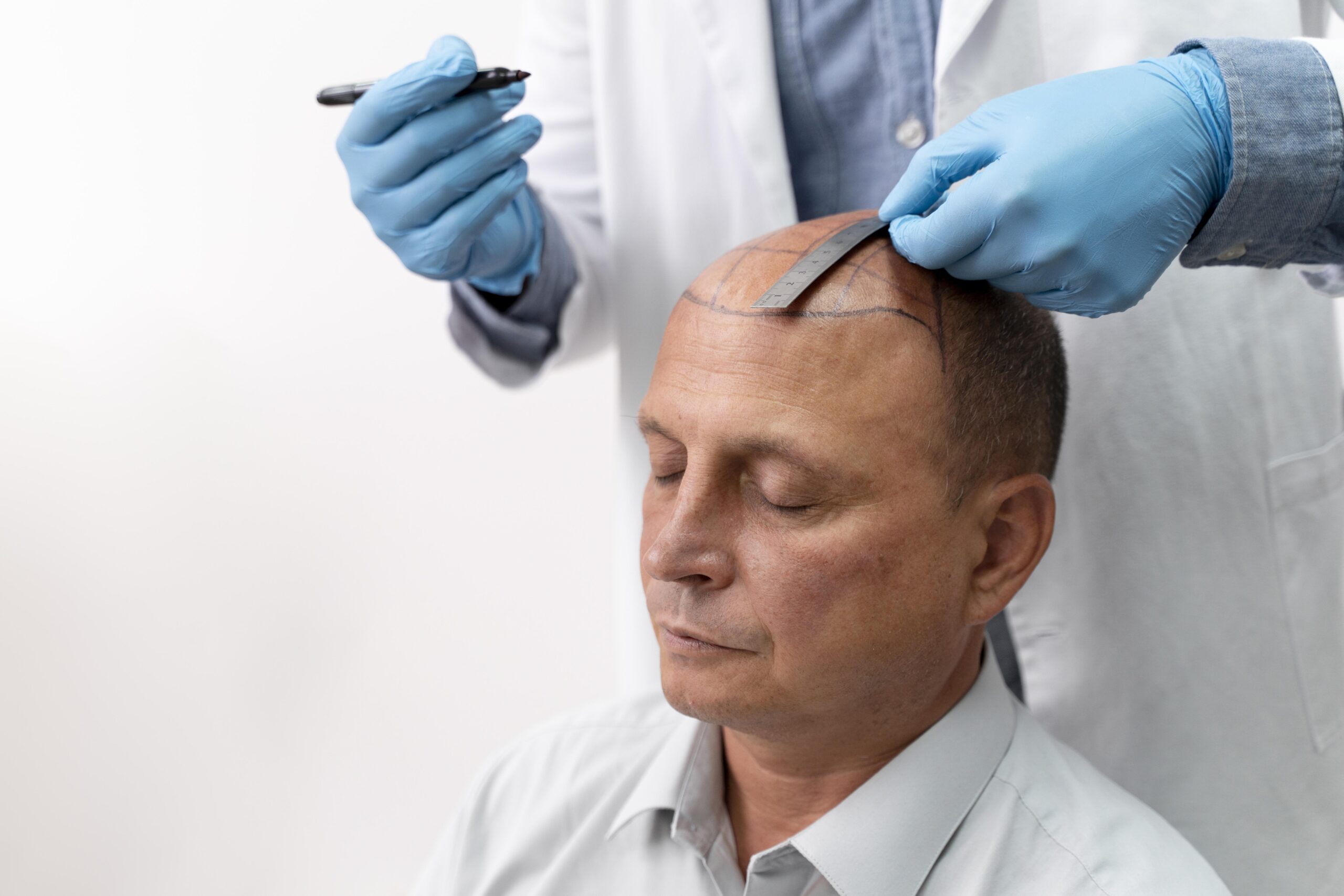Is a Hair Transplant a Permanent Solution?

Hair transplants are a topic of growing interest, especially as advances in technology have significantly improved their effectiveness and natural appearance. If you're considering this procedure, understanding its permanence and the nuances involved can help you make an informed decision. Let’s delve into the world of hair transplants, addressing common questions and concerns.
- Understanding the permanence of hair transplants
- What to expect during the hair transplant process
- The healing process and initial results
- Longevity and maintenance of transplanted hair
- Are multiple procedures necessary?
- Choosing the right provider
- The psychological impact of hair loss and restoration
- Final thoughts on hair transplants
Understanding the permanence of hair transplants
When discussing hair transplants, a key question arises: are they permanent? The short answer is yes, hair transplants are generally considered a permanent solution for hair loss. This is largely due to the method by which they work, involving the transplantation of hair follicles from areas of the scalp where hair is still plentiful to areas that are thinning or bald.
However, while the follicles themselves are relocated permanently, the overall health and longevity of the transplanted hair will depend on various factors, including the individual's age, health, and ongoing hair loss patterns.
What to expect during the hair transplant process
The hair transplant procedure is typically performed on an outpatient basis and involves two main techniques: Follicular Unit Transplantation (FUT) and Follicular Unit Extraction (FUE). Each method has its pros and cons:
- FUT: Involves removing a strip of scalp from the back of the head, from which individual hair follicles are harvested.
- FUE: Involves extracting hair follicles directly from the scalp using small punctures, which can leave minimal scarring.
Both techniques yield permanent results, but the choice of method depends on individual circumstances, such as the extent of balding and personal preference.
The healing process and initial results
After the surgery, patients must endure a healing phase that typically spans from 6 to 12 months. It’s not uncommon for patients to experience some hair shedding in the initial months following the procedure. This should be viewed as a normal part of the healing process.
During this recovery period, the transplanted hair follicles will begin to grow hair, gradually filling in the bald spots. By the end of the healing period, you can expect hair that blends seamlessly with your existing hair in terms of texture and length.
Longevity and maintenance of transplanted hair

While the transplanted follicles are permanent, it’s important to note that they are not immune to the natural aging process that affects all hair. As time goes on, these follicles may thin out, but they will typically continue to produce hair for many years. Factors that can influence the longevity of the results include:
- Age: Older individuals may experience slower hair growth.
- Genetics: Family history of hair loss can impact the future state of transplanted follicles.
- Health: Overall health and lifestyle choices play a crucial role. Smoking and poor nutrition can adversely affect hair health.
Regular follow-ups with your hair transplant surgeon can help you monitor your hair growth and address any concerns that may arise over the years.
Are multiple procedures necessary?
Some individuals may find that one hair transplant session is insufficient to achieve their desired results. Depending on the extent of hair loss and individual goals, multiple sessions might be recommended. Patients should consult with their surgeons to develop a personalized plan that considers:
- The extent of hair thinning.
- Desired density of hair.
- Future hair loss patterns.
These factors will help ensure a natural and aesthetically pleasing outcome that aligns with the patient’s expectations.
Choosing the right provider
It’s crucial to work with a qualified surgeon who specializes in hair transplantation. Unfortunately, there is no standardized credentialing process for hair transplant surgeons, making it essential to do your research. Here are some tips for selecting the right provider:
- Look for board-certified dermatologists or plastic surgeons with extensive experience in hair restoration.
- Request before-and-after photos of previous patients.
- Read reviews and testimonials from others who have undergone the procedure.
Having thorough discussions about your expectations, the procedure, and potential outcomes is vital to ensure you are comfortable with your decision.
The psychological impact of hair loss and restoration
Hair loss can profoundly affect self-esteem and body image. Before opting for a hair transplant, it's essential to explore the underlying causes of your hair thinning. Conditions such as alopecia or certain medications can contribute to hair loss, and addressing these issues may be necessary before proceeding with surgery.
Consulting with a healthcare professional can help identify any underlying medical conditions that might be contributing to hair loss, ensuring a more comprehensive approach to treatment.
Final thoughts on hair transplants
Hair transplants offer a promising solution for those struggling with hair loss. With advancements in technology and techniques, the results are more natural-looking than ever. However, it’s vital to have realistic expectations and to understand that while the transplants are permanent, ongoing care and consideration of overall hair health are essential for maintaining a full and vibrant head of hair as you age.
If you want to know other articles similar toIs a Hair Transplant a Permanent Solution? you can visit the category Blog.
